
Description: Wide opening screw-thread vials are manufactured from borosilicate glass and have a maximum fill volume of 1.8 ml. ,82028-432CS,82028-428CS,82028-426CS VWR® 4 ml Screw-Thread Vials, Kits, and Caps
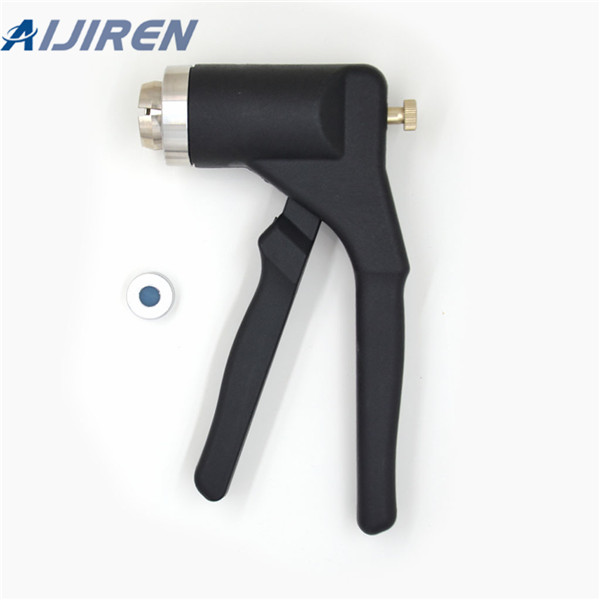
PYREX® Brand, Flask, Volumetric, Class A, Wide Mouth, Heavy Duty, PYREX® Standard Taper Stopper, 50 mL, Tol 0.05 mL, Approximate O.D. x Height 51 x 130 mm, Standard Taper Stopper No. 13, 6/CA Details
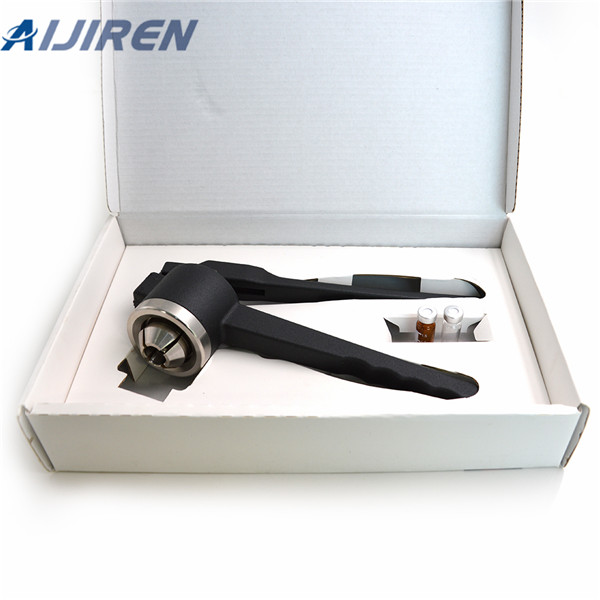
The regulation “EUROPEAN PHARMACOPOEIA 3.2.1. Glass Containers for pharmaceutical use” mandates the requirements for medical glass containers and defines its properties. One criterion for testing is the determination of the hydrolytic class according to „DIN ISO 719“. Here glass powder with a particle size
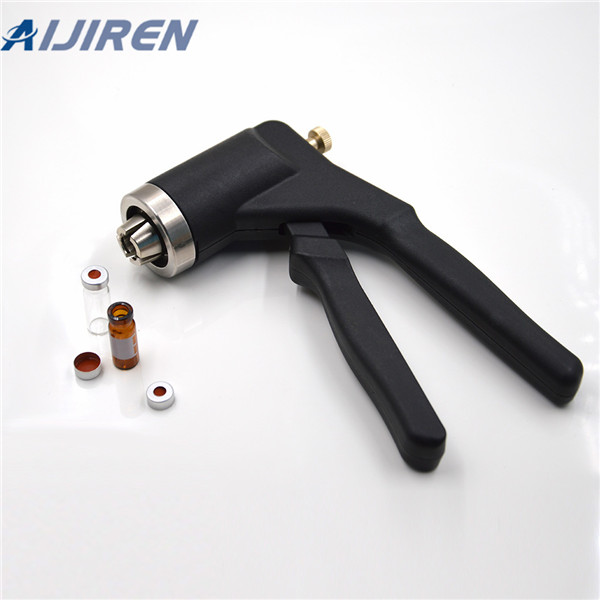
FAQ Type of Glass-CH.P, EP, JP, USP, etc. Take USP Type as an example. USP Type-Pharmaceutical glass containers can be classified as USP Type 1, 2, 3. Type 1-Borosilicate glass represents the least reactive glass. Type 1 glass has the least pH shift with lowest leaching characteristics. (Coefficient of Expansion = 33 or 51 or 70)

13-425 4ml Sample Vials. 13-425 screw thread caps, septa, and vials are designed for specific use with the Aijiren Technology WISP 48-Position Autosampler. Vials are manufactured of Clear, Type 1 Class A or Amber, Type 1 Class B borosilicate glass and include a write-in patch for sample identification. Caps are made of high quality polyproylene to exact
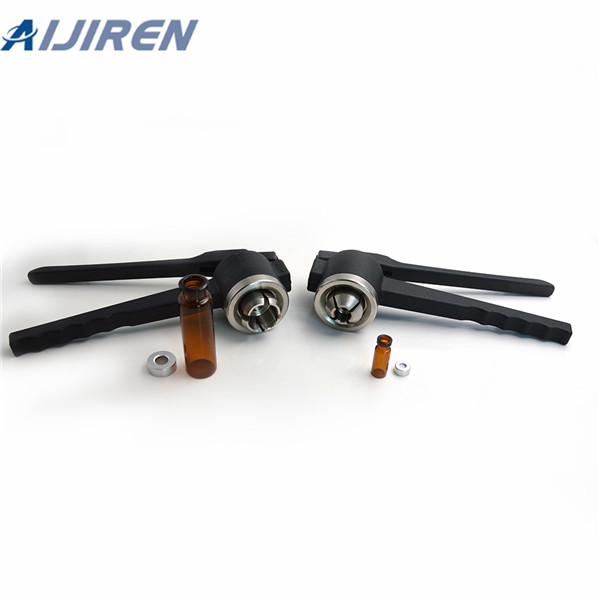
Mar 22, 2022 · Chromatography – Focus on vials, closures & chemicals It features a range of vials, closures and crimpers for GC, HPLC and Firstly, almost all vials are made out of 1st hydrolytic class glass. Analytical Vials – Sigma-Aldrich The 40 mL vials are available in clear (Type 1, 33 expansion) and amber (Type 1, 51 expansion) borosilicate glass.
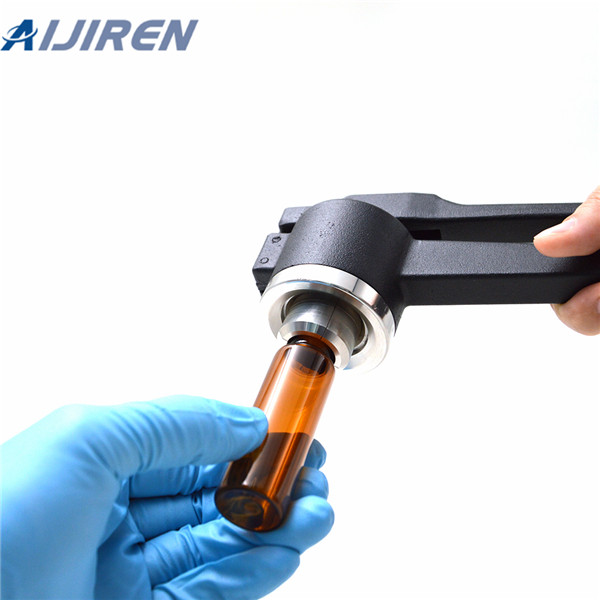
4mL, 15x45mm crimp/snap cap vials and inserts. Superior quality 1st hydrolytic class glass (Type 1) with a 13mm crimp/snap-ring finish. Use with 13mm aluminum Seals or Kim-Snap closures. Polyspring inserts are self-aligning and provide a cushion against needle contact.
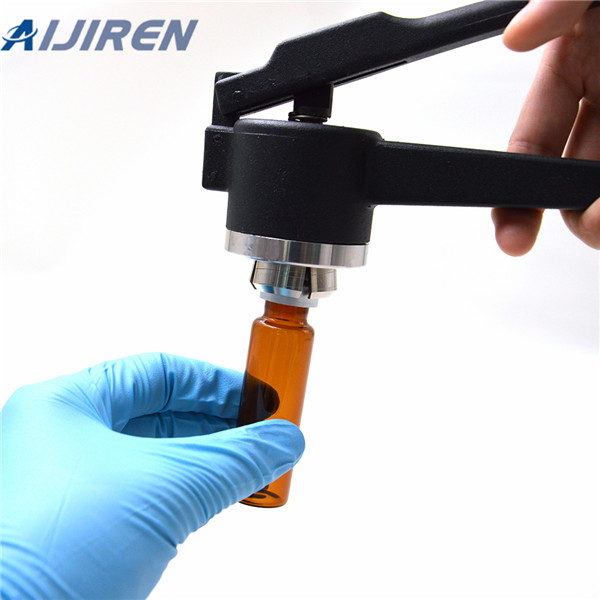
Hence, rules of analysis for determining the hydrolytic class of glass were formed to obtain this data in a measurable range. Glass as Major Packaging Glass as a major packaging material of pharmaceutical products must satisfy stringent requirements and is divided as per the European Pharmacopoeia into the hydrolytic classes.
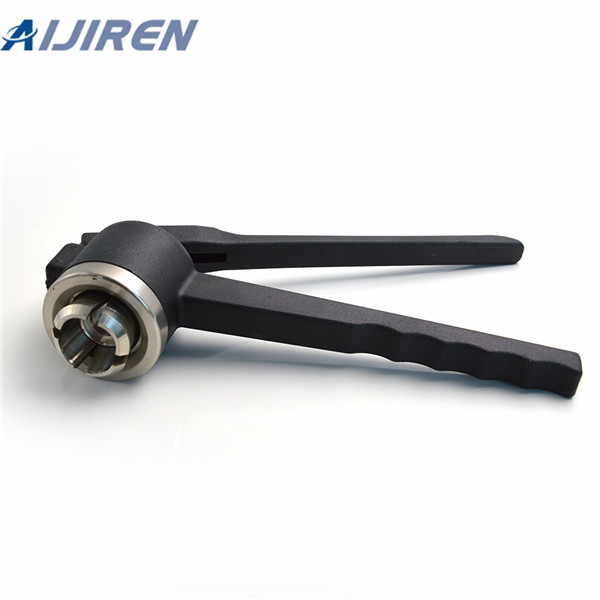
1.5ml Short Thread Vial, 32 x 11.6mm, clear glass, 1st hydrolytic class, wide opening 1.5ml Short Thread Vial, 32 x 11.6mm, clear glass, 1st hydrolytic class, wide opening
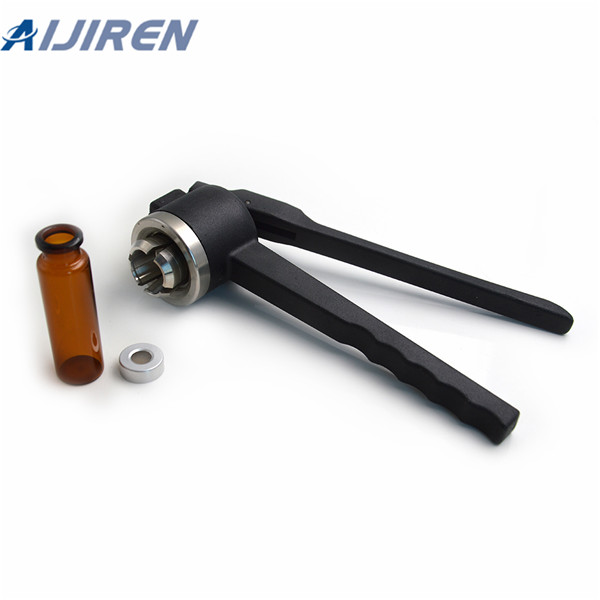
Composed of 1st hydrolytic class, special 33 expansion glass, which meets current USP requirements for pharmacopeias. Ultra-low adsorption surface for critical polar compounds, enabling ultra trace-level analysis of strongly adsorbing analytes. The high-class standard in Europe and Asia for decades.
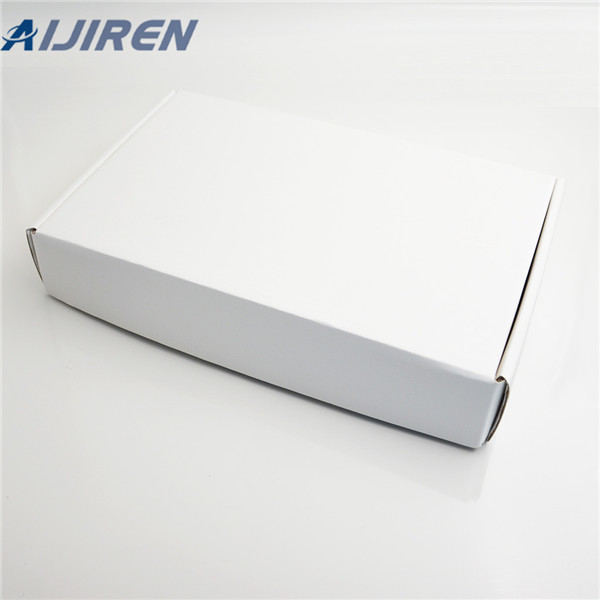
RSA glass vials and inserts are ideal for all chromatography applications, Open top caps, pre-assembled caps and septa, caps with bonded septa. Aijiren Tech Sample handling premium products. When you select a sample handling product (vial, closure, plates and Vials are made of 1st hydrolytic class glass, up to 33 expansion.

Subsequently, each crust was placed into a gas-tight glass vial for incubation with a reconstituted 15N2 enriched atmosphere (31.61 % atom 15N, while the proportion of each main gas present in the
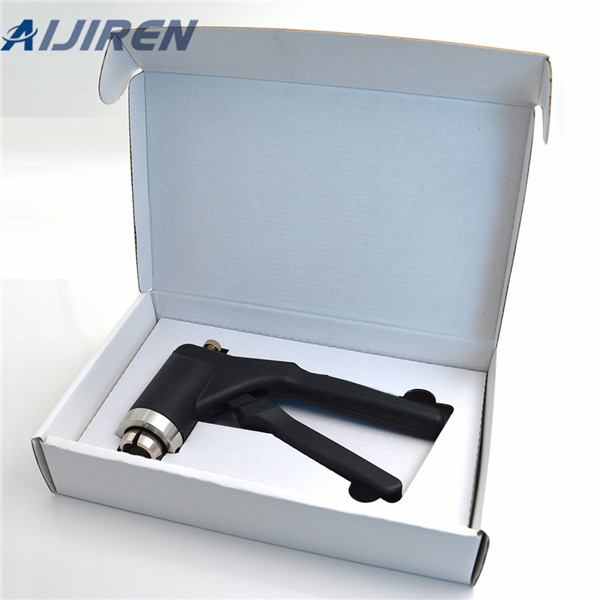
Composed of 1st hydrolytic class, special 33 expansion glass, which meets current USP requirements for pharmacopeias. Ultra-low adsorption surface for critical polar compounds, enabling ultra trace-level analysis of strongly adsorbing analytes.

USP Type 1, Class B, 51 Borosilicate Glass which is composed of silicone and oxygen, trace amounts of boron, sodium and other element is more alkaline than Class A glass but still adequate for laboratory use. All amber borosilicate glass is made of Class B unless otherwise specified and has an expansion coefficient of 51.

Taxane based drugs are commonly used second-line adjuvant therapies for the treatment of superficial bladder cancer. However, the effectiveness of these drugs following intravesical instillation is limited, because of a short drug residence time and poor drug penetration into the bladder wall. The goals of this project were to use PTX and DTX loaded nanoparticulate formulations and investigate